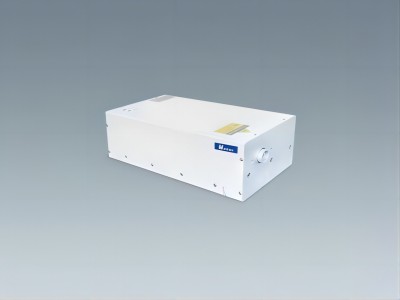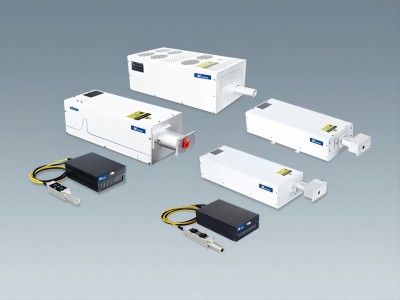What’s the laser weeding?

Laser weeding is a non-contact weeding technology that utilizes high-energy laser beams to burn or destroy weeds. Compared with traditional chemical herbicides and mechanical weeding methods, laser weeding is characterized by precision, environmental protection, and no residue, so it is gradually gaining attention and application in the agricultural field.
The principle of laser weeding:
Laser weeding kills or inhibits the growth of weeds by focusing the laser beam on the leaves or stems of the weeds and using the high temperature of the laser to burn the cellular tissues of the weeds, thus achieving the purpose of killing or inhibiting the growth of weeds. The energy of the laser is able to destroy the structure of the plant cells, causing them to dehydrate and wither, and eventually die.
Characteristics of laser weeding:
1. Precise weed control: laser weed control can target specific weeds for precise strikes without accidentally injuring the surrounding crops, which is especially suitable for weed control between rows in fine agriculture and organic agriculture.
2. Environmental protection and non-pollution: laser weeding does not use chemicals, does not pollute the soil and water, and does not produce chemical residues, which is more friendly to the environment and crops.
3. Reduce the problem of resistance: long-term use of chemical herbicides may lead to weed resistance, while laser weeding as a physical method can effectively reduce the problem of weed resistance.
4. Low maintenance cost: Compared with mechanical weeding equipment, laser weeding equipment has fewer mechanical parts and relatively low maintenance costs.
5. Automation and intelligence: laser weeding systems can be combined with automatic navigation and visual recognition systems to realize unmanned or automated operations and enhance weeding efficiency.
Application scenarios of laser weeding:
1. organic agriculture: in organic agriculture where chemical herbicides are not allowed, laser weeding is an ideal method of weed control.
2. Horticulture and fine agriculture: suitable for agricultural scenarios that require fine management, such as orchards, vineyards, and greenhouse planting.
3. Special site weed control: Laser weed control can be applied to areas that are difficult to access with traditional mechanical equipment, such as mountains, slopes, or sites with complex terrain.
4. Urban greening management: Used for weed control in urban greening areas and public places to reduce the use of chemical herbicides and protect the environment.
Technical challenges and limitations of laser weed control:
1. energy consumption and efficiency: laser weeding consumes a lot of energy, especially when covering large areas of farmland, and its energy consumption and efficiency may become a limiting factor.
2. Equipment cost: The high initial investment cost of high-precision laser weeding equipment may limit its popularity on small-scale farms or in low-input agriculture.
3. Weather and environmental impacts: The effectiveness of laser weed control may be affected by weather conditions (e.g., wind, rain), and inclement weather may reduce the laser’s weed control efficiency.
4. Target recognition and control accuracy: advanced image recognition and navigation technologies are needed to recognize weeds accurately and precisely control the striking position of the laser beam to avoid accidentally injuring crops.
5. Safety: The laser weeding process needs to ensure the safety of the operator and the surrounding personnel because the high-energy laser has the potential to harm the human body.
Future Outlook:
With the development of agricultural automation and intelligence, laser weeding technology is expected to be more widely used. Future research is likely to focus on improving the energy-efficiency ratio of laser weed control, reducing equipment costs, optimizing target recognition and laser control techniques, and improving adaptability to different environments. By combining with other weed control technologies (e.g. mechanical, chemical, etc.), laser weed control could become an important agricultural weed management tool, providing a more environmentally friendly and sustainable solution for modern agriculture. Maiman Laser hopes to make a breakthrough in this area in the near future, and we also seek to explore and develop this technology with other partners to make it more popular and convenient for more people.





